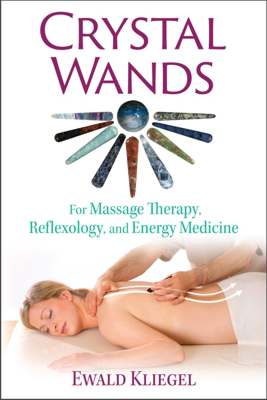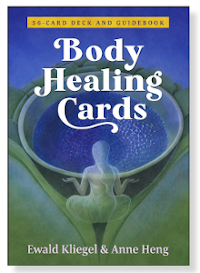At the beginning of a treatment with crystal
wands we are almost always confronted with two questions: How do we
find the fastest the point or zone which has the most lasting
effect on an issue or a problem? - And: What is the crystal
wands matching for it? Can we answer these two questions
satisfactorily, we get the best results. To accomplish our gains we may
take the advantage of tests in which we directly use the knowledge
competency of the body. These have proven best in the
treatments:
For all methods it is equally true that we have to assess before our
tests, what are the reference for "YES" and what for "NO". For this
pre-testing the term "calibration" is used. There we ask our partner
* for a positive and
a unpleasant experience. For the positive "YES" signal we
best ask for the favorite dish, and for the "NO" signal, we ask for a
dish or foods that our partner dislikes totally.
After the calibration, we ask for the criteria that we want to test,
for example:
Which of these crystal
wands would be best for this treatment? - or
For this point, is there the pointed or the circular end of
the crystal
wands better suited? - or
In what direction we get the best energy balance with our massage?
This way we get through the reactions of your partner clear answers for
treatment.
back
to the top
Muscle
test
Basically, every muscle is suitable for this test because the reaction
of the body concerning the response of consent as well
as rejection cover always the whole person.
However, we get the clearest signals about the testing by
using the muscles that extend the thumb or the big toe.
So that the person you are treating will know
what you are looking for, push with a little bit
of pressure against their thumb nail or big
toe nail, while asking them to lightly resist
the pressure. Then let go again. This is not
some kind of measure of strength, so only
apply a very little pressure. More is not
necessary.
You now have clear ‘yes’ and
‘no’ signals. Next, after asking permission to
continue, ask, ‘Is it acceptable for us to test in this
fashion?’ Again saying ‘please test now’,
apply light pressure on the thumb or the big toe. If a
‘no’ comes up, we have to respect it and choose a
different way of proceeding.
back
to the top
Testing with a dowsing rod
or a pendulum
The dowsing rod as well as the pendulum are often wrongly rejected as
"magical". Of course, these tools and opportunities are associated with
something that goes far beyond our imagination. In our context,
however, they are extremely reliable and simple means
for clear "YES" - "NO" tests with which we use the "Minimal
Clues." By this we understand unconscious minimal changes in posture,
facial expressions, breathing rate, or movements with which we express
our inner mental states.
With the dowsing rod or the pendulum, these signals are amplified by
our micro-movements of the hand. Thus, these tools come in vibration,
and thus we can observe the unconscious information more easily, which
we would otherwise miss.
There
is a big difference between calibration for muscle testing and
calibration for testing with a dowsing rod or pendulum: calibration for
muscle testing consists of calibrating the reactions of the patient,
whereas with a dowsing rod or pendulum we carry out the calibration on
ourselves.
This is because the processing of the
‘yes’— ‘no’ signals
happens through our own perception when using a dowsing rod or
pendulum. During this process we are in deep contact with our own
subconscious, and it is therefore extremely important that
we mentally clear ourselves before carrying out testing. Most failed
tests with the dowsing rod or with a pendulum can be traced back to
being mentally somewhere other than with the client.
Following,
both the testing and the issues are the same as in the muscle test.
back
to the top
Puls testing
This test was developed by the French physician Paul Nogier and it is
known in professional circles for about 50 years under the term of RAC
(Reflex Auriculo
Cardial). It is a most reliable method to query for responses to our
energy system. Even if the testing of the puls is quite simple
it requires a bit more sensitivity than the other two tests.
We usually check the pulse at the wrist. If the pulse is too weak to
feel it there, the stronger pulse of the carotid artery is
always available. However, be very careful not to exert any pressure.
Or, with a bit of practise, we can feel the pulse in other
places; for example, on the top of the foot or in the groin. Use
fingers rather than the thumb to feel the pulse, otherwise it might
be our own pulse we feel.
To begin with, feel for the present pulse rate without intent. Then ask
for a positive reference, a ‘yes’, and pay
attention to the change in the pulse. Note whether the pulse is faster,
slower, harder, softer, or if the change is insignificant. This is the
pulse signal of the patient for ‘yes’. After that,
we can calibrate for ‘no’, with a question about an
unpleasantly weakening reference.
Then we can begin with the testing in the same manner as we did with
the other testing procedures.









